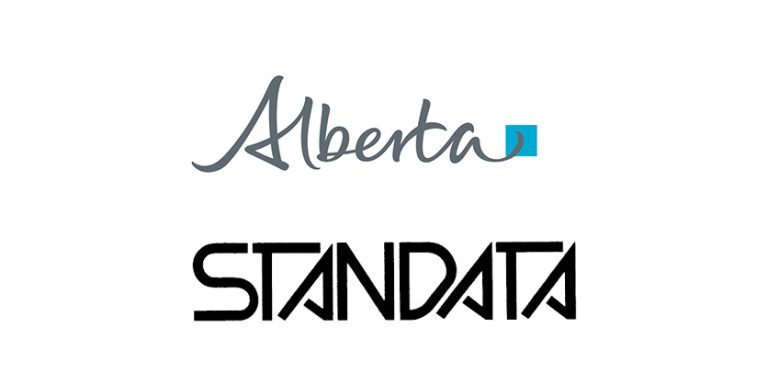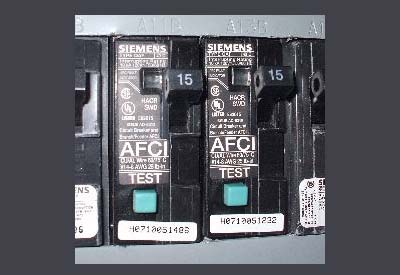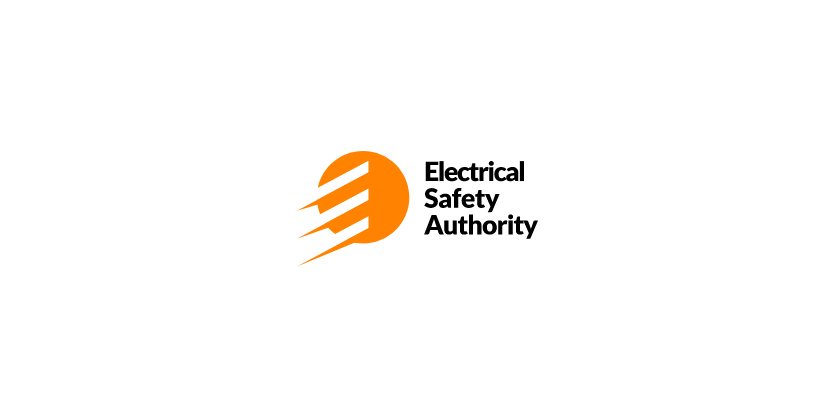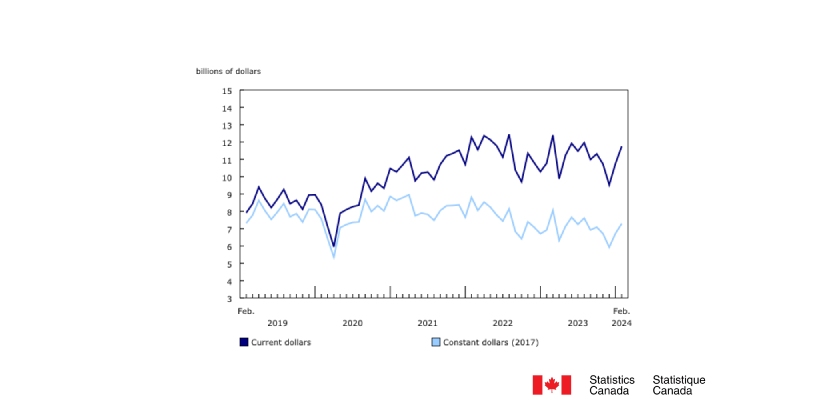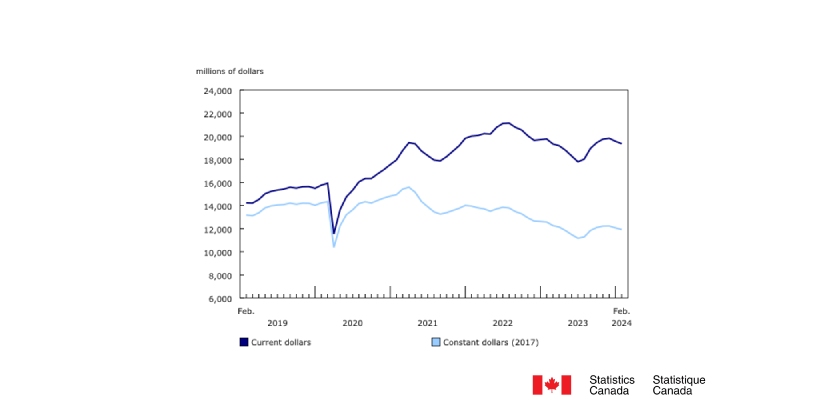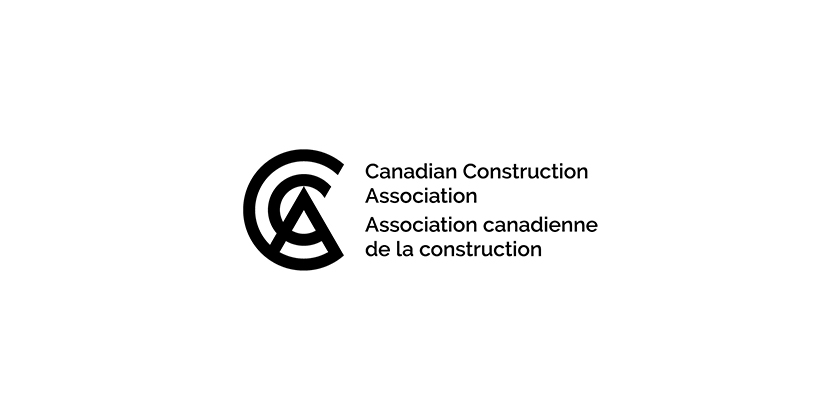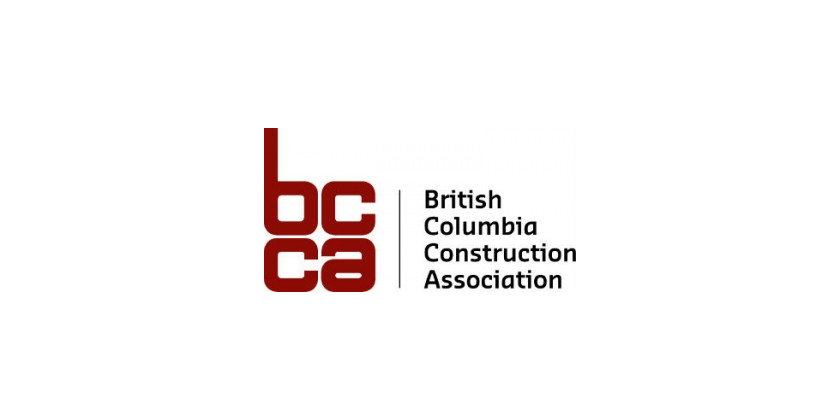Bringing Awareness to Electrical Injury Day of Recognition – October 6

October 14, 2022
By Terry Becker
I authored this article for the Canadian Electrical Contractors Association, together with John Knoll CME, PEC, in an effort to bring heightened awareness to the long-term consequences of electrical shock exposure.
John has worked in the residential, commercial, and industrial sectors of electrical trade as a Master Electrician and PEC and founded an electrical contracting company at the age of 22 which he sold in 2017. Due to Low Voltage Shock exposure, John has retired from the trade and is now an advocate of electrical shock awareness, injury prevention, and worker advocacy.
The Electrical Injury Day of Recognition is on October 6, 2022, and is sponsored by the Electrical Contractors Association of Alberta, the Canadian Electrical Contractors Association, and the National Electrical Trade Council.
We welcome other industries and trade organizations to join us in supporting this initiative to raise awareness of the dangers of electrical shock injury so that we may support our workers and our economy.
What is the Electrical Injury Day of Recognition all about?
The Canadian electrical industry is calling on all tradespeople and those who benefit from them, to set aside October 6 as a day to raise awareness on the long-term consequences of electrical shock exposure.
Why is this day of recognition important?
Exposure to electrical shock has unfortunately been common since the invention of electricity. The immediate effects were known, there was no awareness of the potential long term consequences. Research now shows a complex injury can develop after receiving an electrical shock. Sometimes delayed months or years.
What is electrical injury?
Electrical injury, an injury resulting from electrical shock exposure can be mitigated or eliminated entirely.
A single shock can cause injury. The potential long-term consequences include psychological, neurological, and physical impairment, of varying degrees. Symptoms often present as a distinguishable pattern; however they are often misdiagnosed by family physicians, and physicians of occupational medicine.
An expert opinion is required to properly diagnose and treat those who may have been injured, and unfortunately due to this limitation, workers more than often cannot get the help they need. Currently there is no cure for the long-term effects of electrical injury and few North American hospitals are performing research in this area.
This is why awareness and safe work practices are essential in the work tradespeople do and why we are raising awareness. It’s everyone’s job to keep an eye out for the people we work around each day. This injury can be avoided.
Electrical injury can occur regardless of the voltage you are exposed to; AC or DC. The potential immediate severity of the electrical shock injury is relative to multiple factors, including but not limited to: AC or DC voltage, frequency, path of the current, magnitude of the current, duration of exposure.
Who does electrical injury impact the most?
Electrical injuries can be experienced by anyone, in most any scenarios; however those who work in the electrical industry are obviously the ones most at risk. That being said, electrical injury should be of concern on any construction site or industrial workplace such as a machine shop or an automotive repair shop.
What can be done to prevent electrical injuries?
To avoid electrical shock injury, avoid exposure to electrical current whenever possible. Any contact with electrical current must be reported to both employer and family physician, the safety authority having jurisdiction, and documentation retained by the worker. Regardless of visible injury.
Recommended safe work practices include eliminating exposure by “Establishing an Electrically Safe Work Condition.” This is done by isolating electrical equipment, and testing for absence of voltage, Lock Out Tag Out (LOTO), TEST-BEFORE-TOUCH.
When justified and authorized, energized electrical work tasks shall be performed, only after completing a work task shock risk assessment. This must be done in order to determine and apply “additional protective measures,” including establishing and applying shock approach protection boundaries, using appropriate voltage rated rubber insulating gloves with leather protectors, wearing ohm rated insulating footwear, eliminating bare skin exposure with approved PPE for the task and use of certified and regularly tested insulating/insulated tools.
Before using portable cord-and-plug-connected electrical equipment or an extension cord inspect them to ensure they are not damaged. A bi-annual or more frequent inspection of all portable extension cords and portable tools is recommended. The use of Class A 6mA (0.006 A) GFCI protection should be used for 120V, 15 or 20 amp portable connections when working outdoor or indoors. These devices will limit the exposure time and magnitude of electrical current the worker experiences. Before use, a GFCI should be tested and reset to confirm functioning correctly.
For GFCls the best practice would be to have the protection installed directly at the receptacle, or directly at the circuit breaker protecting the circuit. Then applying permanent decals on the outlets protected. Work sites must follow manufacturer’s recommendations on testing these devices. Some new portable cord-and-plug connected electrical equipment now have a GFCI installed on the cord permanently.
What do I do if I’ve been exposed to electrical shock?
After exposure to electrical current, seek medical attention. Following exposure to electrical current the family of the injured worker should monitor for changes in mood, behavior, pain and memory. Research shows early intervention from mental health professionals is essential for the worker.
The possible consequences of an electric shock on the body
The human body is a good conductor of electricity. This means an electric current can easily travel through it. When current travels through someone’s body accidentally, this is known as an electric shock or electrocution.
Which organizations are behind this initiative?
The Electrical Injury Day of Recognition is an initiative of the Electrical Contractors Association of Alberta, the Canadian Electrical Contractors Association, and the National Electrical Trade Council.
We welcome other industries and trade organizations to join us in supporting this initiative to raise awareness of the dangers of electrical shock injury so that we may support our workers and our economy.
Additional Resources
John Knoll’s Electrical Shock Story
Electrical Shock Sequela – Alberta H&S Conference
IHSA Research Report – Visible and Invisible Consequences of Electrical Injury
Surviving Long-Term Sequalae Effects of Electrical Shock Hazard Exposure



